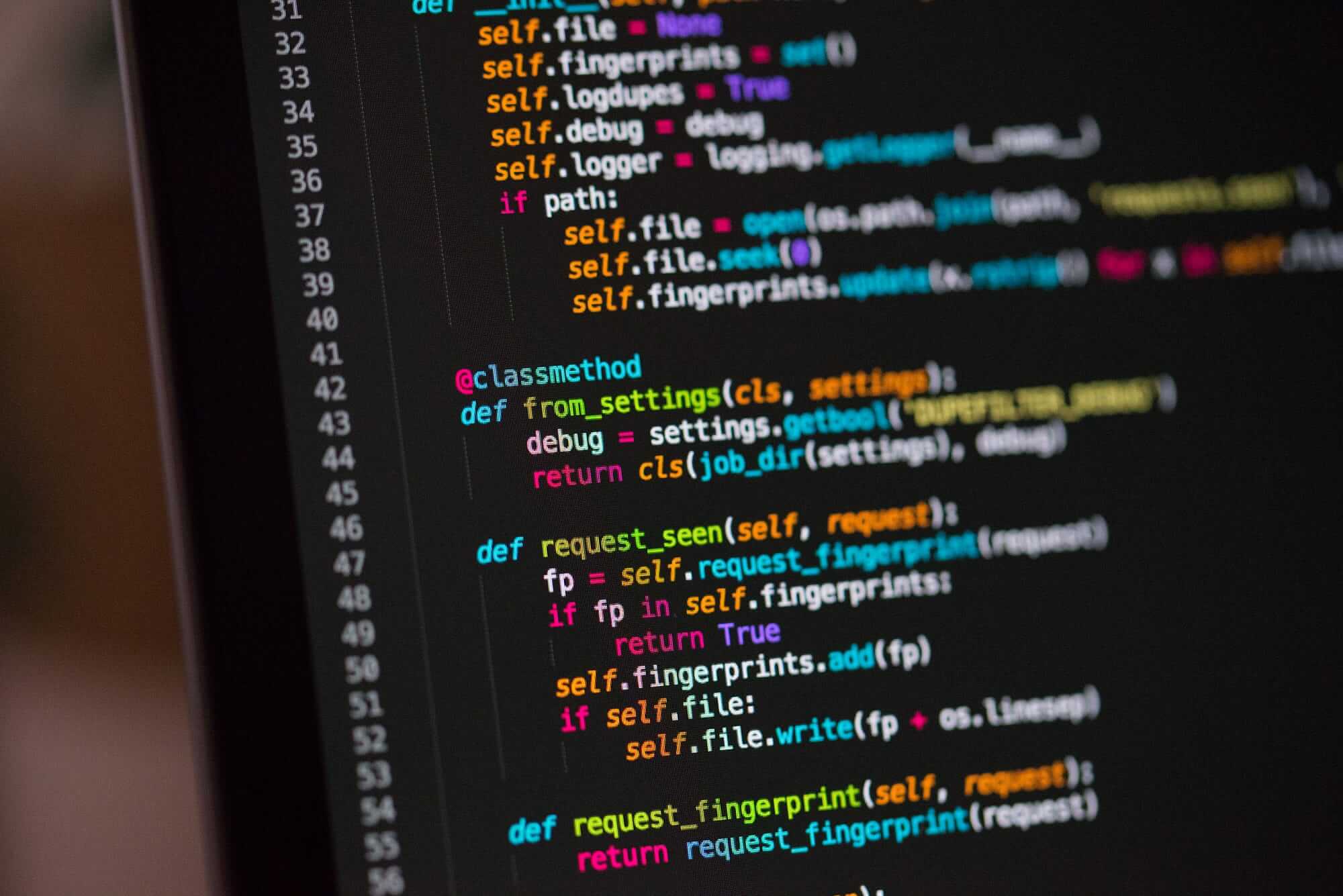Python, like many modern programming languages, supports the paradigms of object-oriented programming (OOP). One of the fundamental building blocks of OOP in Python is the class concept, which plays a central role in Python programming. This article will explore the use of class in Python, covering its basic concepts and practical examples.
What is a Class?
A class is like a template or blueprint for creating objects. It defines the properties (attributes) and behaviors (methods) of a specific type of object. In Python, everything is an object, and every object belongs to a class.
How is a Class Defined in Python?
A class in Python is defined using the class keyword. A simple class definition looks like this:
class MyClass:
def __init__(self):
self.my_attribute = "This is an attribute."
def my_method(self):
return "This is a method."In this example, we have created a class named MyClass. The __init__ method is the constructor of the class and is called when an object is created. self is a reference to the object being created and provides access to the attributes and methods of the class.
How is an Object Created?
An object is created from a class by using the class name followed by parentheses. For example:
my_object = MyClass()This line of code creates an object named my_object from the MyClass class.
Inheritance and Polymorphism
In Python, classes can inherit from other classes. This prevents code duplication and increases modularity. Subclasses inherit all attributes and methods of the superclass and can customize them if needed.
Polymorphism allows different classes to perform different implementations under the same interface. This is particularly useful in large and complex programs.
A Practical Example
Here’s a simple example of inheritance:
# The Vehicle class defines a general vehicle with basic attributes
class Vehicle:
def __init__(self, brand, model):
self.brand = brand # Vehicle brand
self.model = model # Vehicle model
def show_info(self):
# Method to display the vehicle's information
return f"Brand: {self.brand}, Model: {self.model}"
# The Car class inherits from the Vehicle class
class Car(Vehicle):
def __init__(self, brand, model, car_type):
super().__init__(brand, model) # Call the constructor of the parent class
self.car_type = car_type # Type of the car (e.g., Sedan, SUV)
def show_info(self):
# Override the show_info method to include car_type
return f"{super().show_info()}, Car Type: {self.car_type}"
# The Truck class inherits from the Vehicle class
class Truck(Vehicle):
def __init__(self, brand, model, carrying_capacity):
super().__init__(brand, model) # Call the constructor of the parent class
self.carrying_capacity = carrying_capacity # Truck's carrying capacity
def show_info(self):
# Override the show_info method to include carrying_capacity
return f"{super().show_info()}, Carrying Capacity: {self.carrying_capacity}"
# Example usage
car = Car("Toyota", "Corolla", "Sedan")
truck = Truck("Volvo", "FH16", 40)
# Display information for each vehicle
car_info = car.show_info()
truck_info = truck.show_info()
print(car_info)
print(truck_info)
In this example, Vehicle is a base class, and the Car class inherits from Vehicle. The Car class extends the properties of Vehicle and customizes the show_info method for its own needs.
Conclusion
The class structure in Python helps organize code to be tidy, modular, and reusable. Object-oriented programming offers significant advantages, especially in large and complex software projects. Understanding and effectively utilizing classes in Python is a fundamental skill that every Python programmer should acquire.

